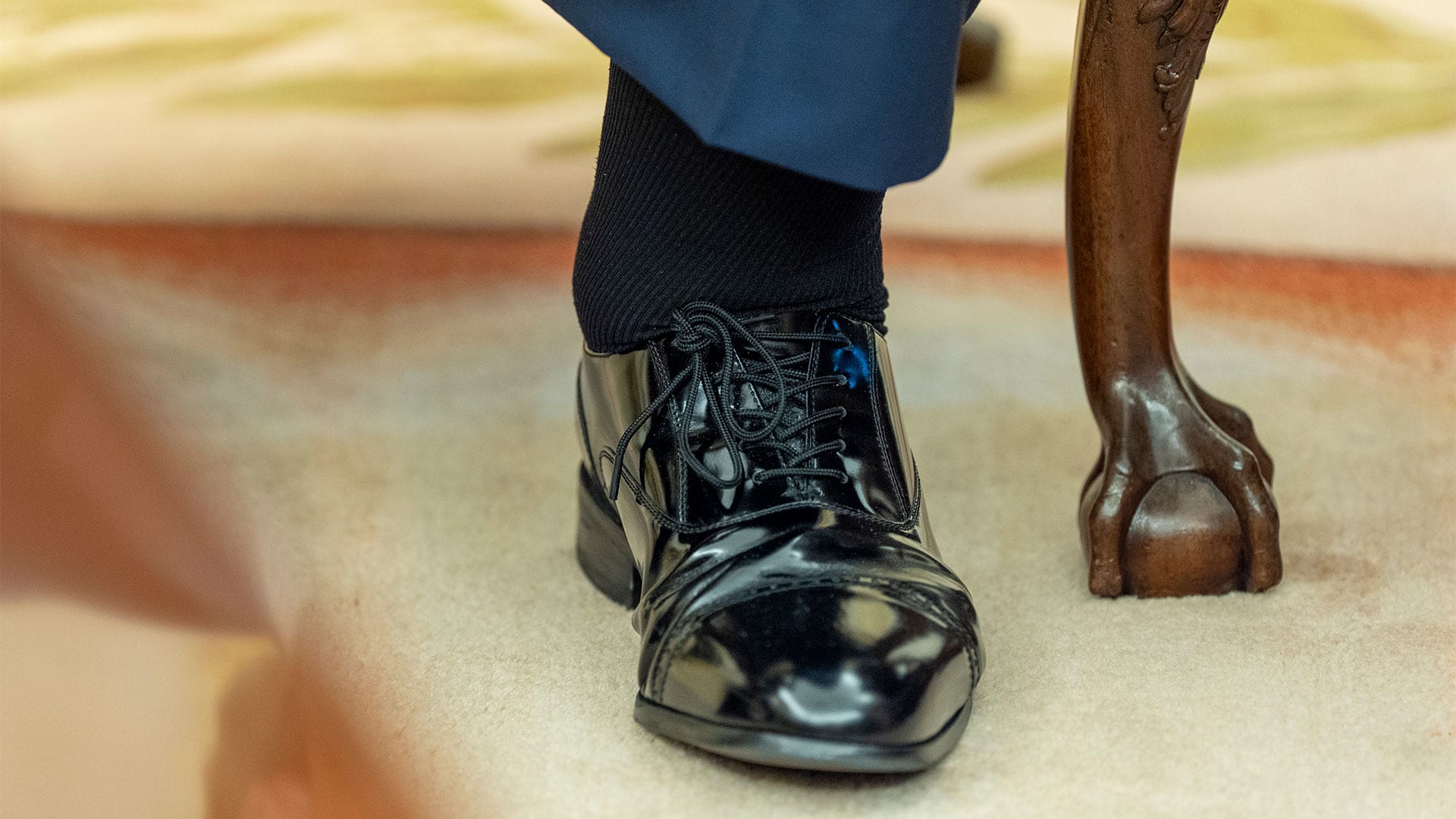
"Chronic venous insufficiency, or CVI, happens when veins in the legs can't properly carry blood back to the heart, leading to blood pooling in the lower legs."
"Legs veins are lined with one-way valves that keep blood from sliding backward. Damaged valves can lead to chronic venous insufficiency, with risk factors including blood clots and being overweight."
"Doctors must rule out serious causes of leg swelling, such as heart problems, kidney disease, or blood clots. Ultrasound exams of the leg veins can help confirm chronic venous insufficiency."
"Treatment for chronic venous insufficiency can include wearing compression stockings, elevating the legs, achieving a healthy weight, and exercising, especially walking for strong leg muscles."
Chronic venous insufficiency (CVI) occurs when leg veins fail to transport blood effectively back to the heart, resulting in pooling. Symptoms include swelling, particularly around the feet and ankles, and may also involve achy or heavy legs and varicose veins. Causes of CVI include damage to one-way valves in leg veins due to blood clots or being overweight. Diagnosis involves ruling out more severe issues through ultrasound. Treatment options encompass compression stockings, leg elevation, weight management, and exercise to strengthen leg muscles.
Read at Fast Company
Unable to calculate read time
Collection
[
|
...
]